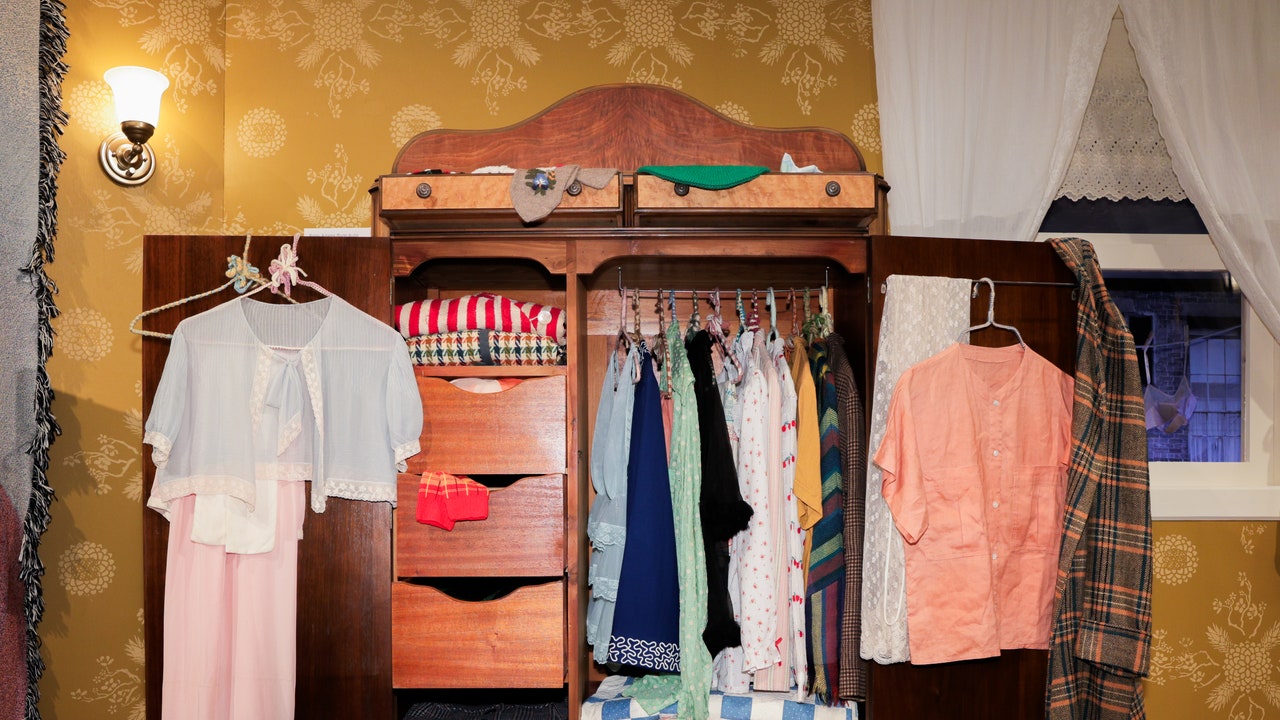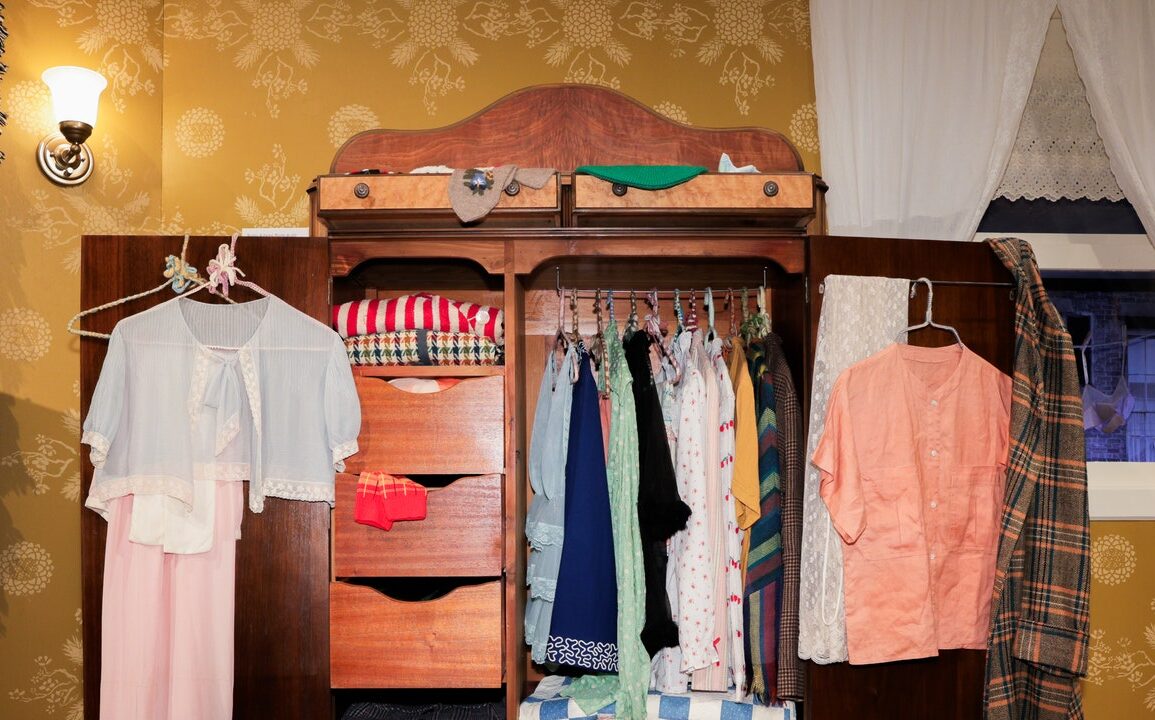
It was a tour through the Tenement Museum that Mellány Sánchez got the idea for “Objects of Permanence,” a new show she curated at the Lower East Side’s Abrons Arts Center. “The Tenement Museum is the number one school trip as an NYC public school kid,” she said. “And my understanding of those tours and those rooms is that these people’s worlds and their lives are preserved through their homes, and, even though no one lives there anymore,” the objects that are contained in those homes continue to tell their stories. “That led me to understand that legacy really has an opportunity to live in our belongings and our things if we see it that way.”
“Ali Rosa-Salas, the vice president of visual and performing arts at Henry Street Settlement, was curious to tell a story that tied Abrons and Henry Street back to the fashion industry, especially because she’d heard that the textile collections that were initially housed here had gone on to be part of the Met’s Costume Institute,” said Sánchez. She and her curatorial collaborator Aldo Araujo got in touch with the Met and found out that the Neighborhood Playhouse, which was founded in 1915 and now houses the Abrons Arts Center, was the city’s first commitment to supporting garment production as an artistic craft. Their collection of costumes was later used to found the Museum of Costume Art in 1937, which was later acquired by the Met to form its Costume Institute. “So there’s this wonderful, rich history [that connects the two], and that almost was the spark that made us follow this path and see what it could be,” said Sánchez.
For the show, Sánchez recreated a tenement apartment belonging to Ramonita Saez Velez, who came to New York from Puerto Rico post-WWII and worked in the garment district. The makeshift living rooms are filled with her own objects—like the scissors she used while working and the elegant beaded handbag she made for herself for nights out on the town—along with objects by many of the independent designers that currently call the city home. “One of the artifacts that we have is a netting apron that belonged to Ramonita, and I love it because it really represents her lifestyle,” said Sánchez. “It’s an apron, but it’s totally ornamental, and it speaks to the ways in which she was a matriarch, not only in her family, but within her community; the way she welcomed everyone into her home.”
This post was originally published on this site be sure to check out more of their content.









